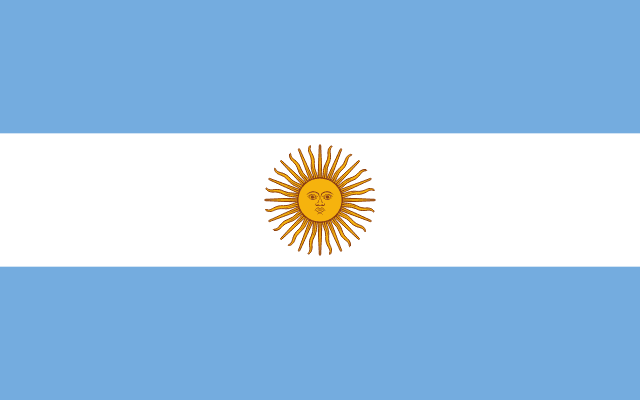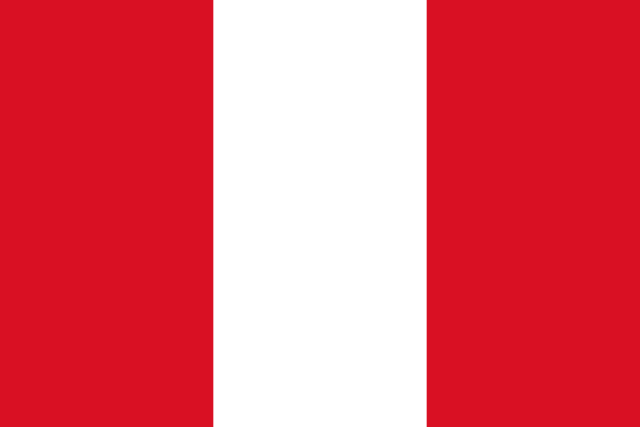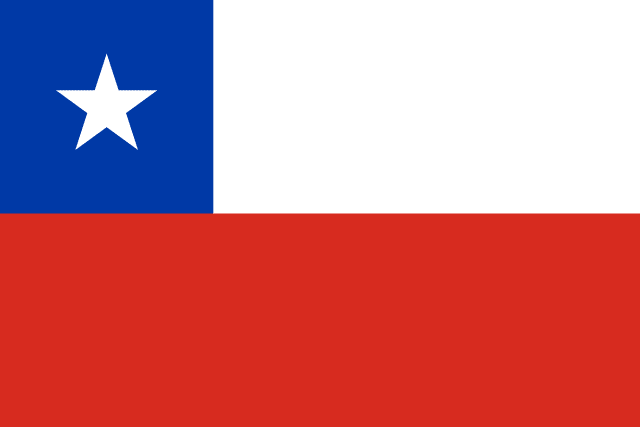Country Information
| Sovereign State | Yes |
| Country Codes | CL, CHL, 152 |
| Official Name | Republic of Chile |
| Continent | South America |
| Capital | Santiago |
| Government Type | Presidential republic |
| Currency | Chilean Peso (CLP) |
| Calling Code | +56 |
| Member Of | United Nations, Organization of American States, Pacific Alliance |
| Population | Approx. 19 million (as of 2023) |
| Total Area | 756,102 square kilometers |
| Highest Point | Ojos del Salado (6,893 meters or 22,615 feet) |
| Lowest Point | Pacific Ocean (0 meters or 0 feet) |
| GDP Per Capita | Approx. $15,000 (as of 2023) |
| Life Expectancy | Approx. 80 years (as of 2023) |
| Internet TLD | .cl |
Chilean National Anthem
Himno Nacional de Chile
Pure, Chile, is your blue sky;
Pure breezes blow across you as well.
And your flower-embroidered field
Is the happy copy of Eden.
Majestic is the white mountain
That was given to you by the Lord as a bastion,
That was given to you by the Lord as a bastion,
And the sea that tranquilly washes your shore
Promises you a splendid future,
Oh, promises you a splendid future.
Flags of Neighboring Countries



History of the Chilean Flag
The flag of Chile, known as “La Estrella Solitaria” (The Lone Star), was officially adopted on October 18, 1817. The flag’s design is imbued with deep symbolic meaning, reflecting the nation’s values, history, and landscape.
The flag consists of two horizontal bands of white and red, with a blue square in the canton area bearing a white five-pointed star. The white color symbolizes the snow-covered Andes mountains, a prominent feature of Chile’s geography. The blue represents the sky and the Pacific Ocean that borders Chile’s western coast. The red stands for the blood spilled in the fight for independence. The white star in the blue field represents a guide to progress and honor; it symbolizes the powers of the government and the unity of the Chilean people.
The design of the flag was influenced by the flags of the United States and France, reflecting the impact of the ideas of independence and liberty during the era of Chile’s struggle for independence from Spanish rule. The flag was officially established during the government of President Bernardo O’Higgins, one of the leaders of the Chilean independence movement.
Throughout its history, the Chilean flag has become a symbol of national pride and unity. It represents the country’s sovereignty, the struggle for independence, and the enduring spirit of the Chilean people. The flag is prominently displayed across Chile and during national and international events, symbolizing the identity and values of the nation. The design of the flag has remained consistent since its inception, signifying the stability and continuity of the Chilean state and its commitment to the principles of liberty and justice.

